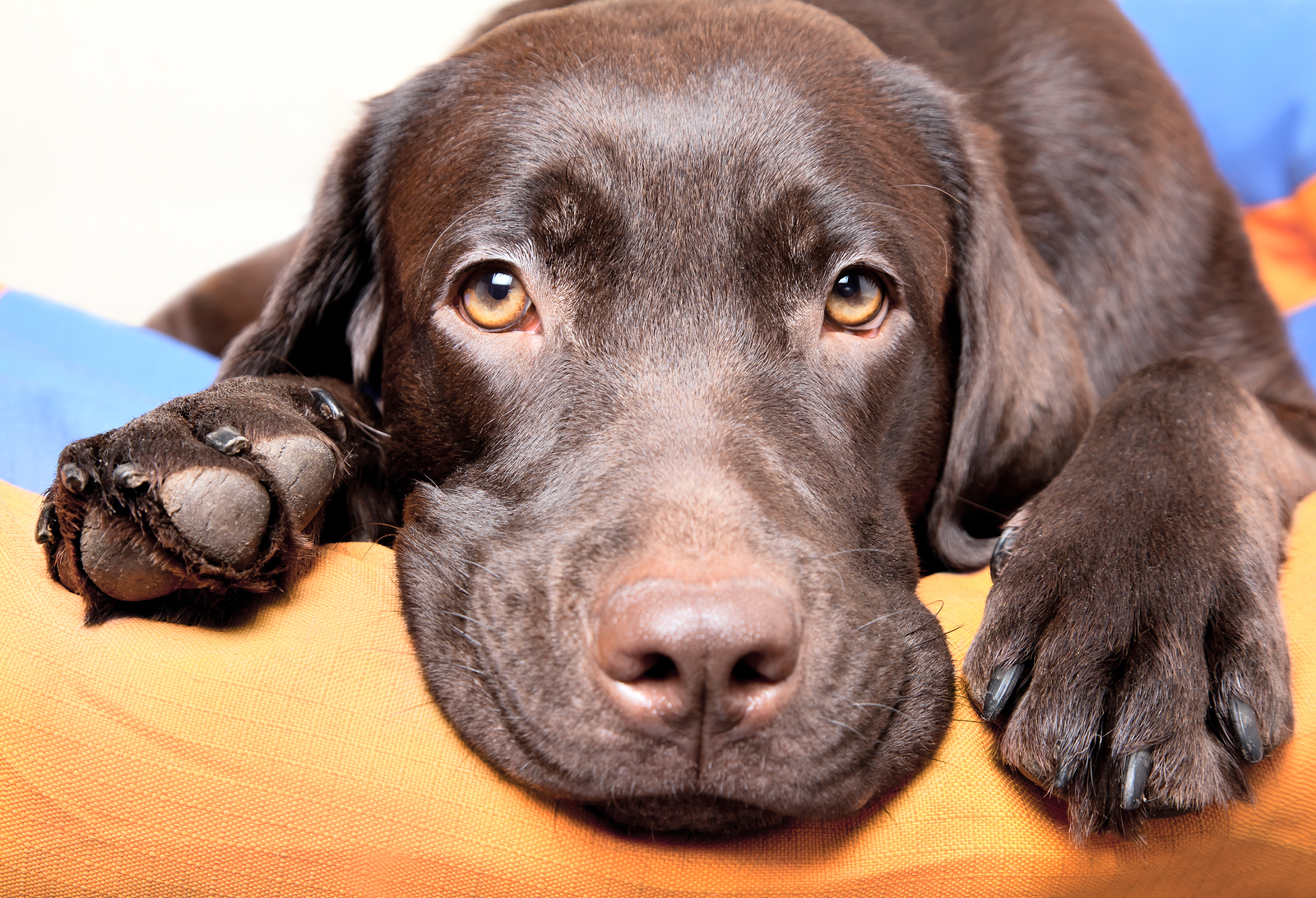In my work as an emergency veterinary technician, I see a lot of sad cases. Probably the worst are those that are almost completely preventable.
Parvo virus is a very contagious virus that puppies can succumb to if not properly vaccinated. Because it attacks the intestinal tract, parvo virus is spread through the feces of infected dogs. It can survive in the environment for more than a year. Parvo virus is very host specific, meaning it does not affect cats or people.
When a puppy is born, it receives antibodies from its mother's milk to help fight disease. Once the puppy is weaned, the antibodies are no longer available for defense, so it is important to start vaccinations at 6-8 weeks of age. Puppies should get a series of distemper/parvo vaccinations every 3-4 weeks until they are at least 16 weeks of age. During that time the puppy should not leave your yard; no dog parks, pet stores, etc. Owners can also introduce parvo virus on their shoes or clothing, so avoiding other puppies is important.
Parvo virus can be killed with a bleach solution of 1 part chlorine to 8 parts water. All washable surfaces should be cleaned and pick up feces from the yard and dispose of them. If you've had parvo in your environment, we advise that you not bring an unvaccinated animal (puppy) into your house or yard for at least 2 years.
Signs to look for are depression, loss of appetite, vomiting, and bloody diarrhea. To confirm if a puppy has parvo, a veterinarian can do a quick test. Often a fecal check is done at the same time to check for worms because a heavy worm infestation can cause similar symptoms. Unfortunately, some puppies have both worms and parvo at the same time.
If an owner has a puppy that contacts parvo, treatment can cost thousands of dollars. Waiting to give a distemper/parvo shot to a puppy that is already sick is no good, it only works as prevention - you don't wait until you have the flu to get a flu shot, either.
Treatment can include:
- Hospitalization
- Isolation to prevent the spread of the disease
- 24 hour nursing care
- IV catheter and fluids
- Anti-nausea medications
- Antibiotics (antibiotics do not work against viruses, but while sick they can be susceptible to other infections)
- Additives to fluids like electrolytes and dextrose
I've seen patients bounce back in as little as 2 days, and I've seen them hospitalized for over a week. Recovery is variable, but when treated aggressively, most patients do well. Untreated puppies suffer almost 100% fatality.
Sadly, a lot of puppies are put to sleep because of the cost of treatment. What's more tragic is that it can be prevented by a series of $20 vaccines.
Having a pet is both a privilege and a responsibility. Like children, they cost money. My hope is that education will help reduce the number of puppies that suffer this epidemic. Please see your veterinarian if you have a puppy that needs shots (we often hear "The breeder gave him his shots.", but that is usually only single vaccination, insufficient for protection). If you don't have a veterinarian, look in the yellow pages, talk to friends and family and ask who they use.
I hope your pet has a long, happy, healthy life with you.
Michele Kendall, RVT





